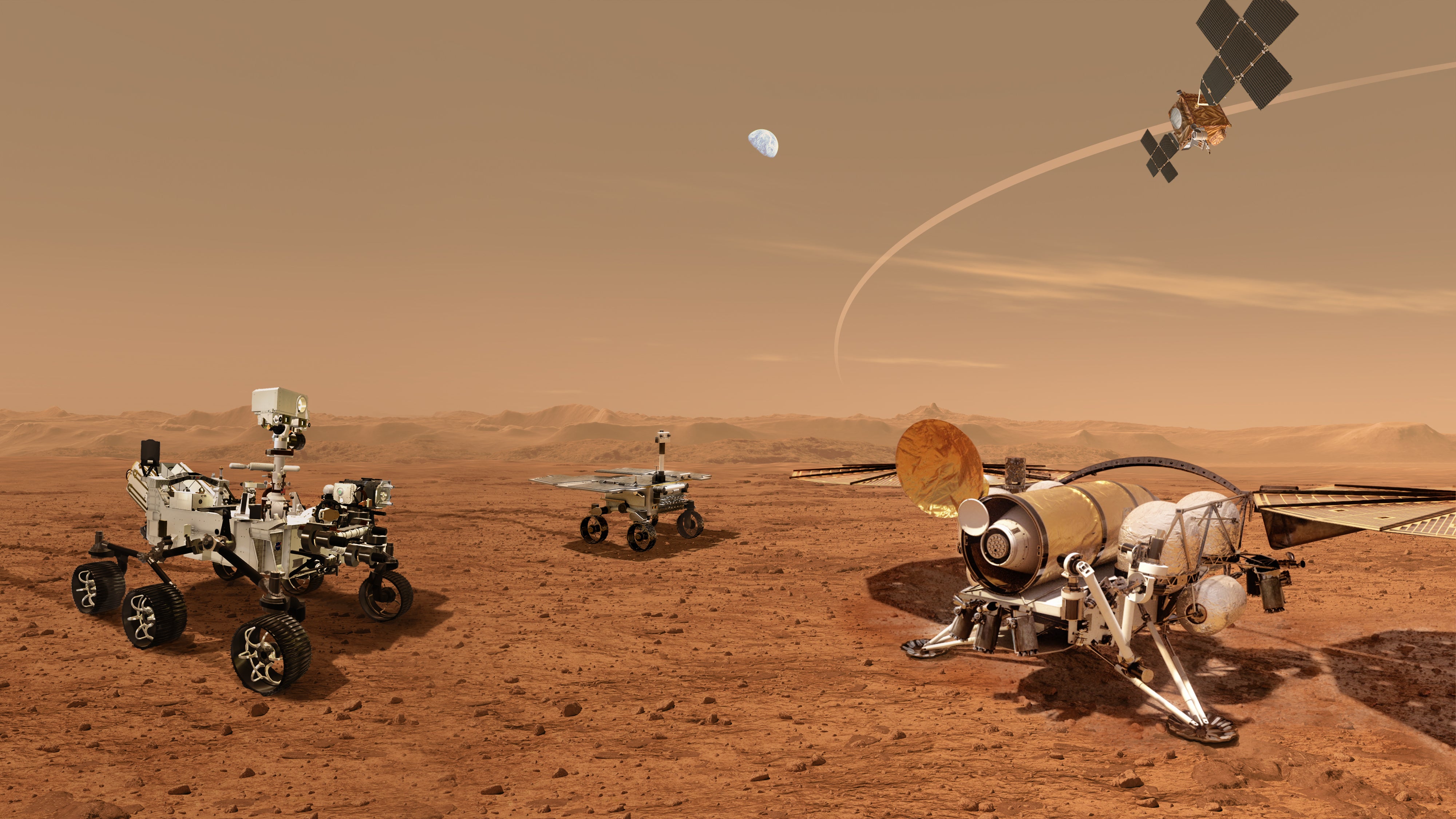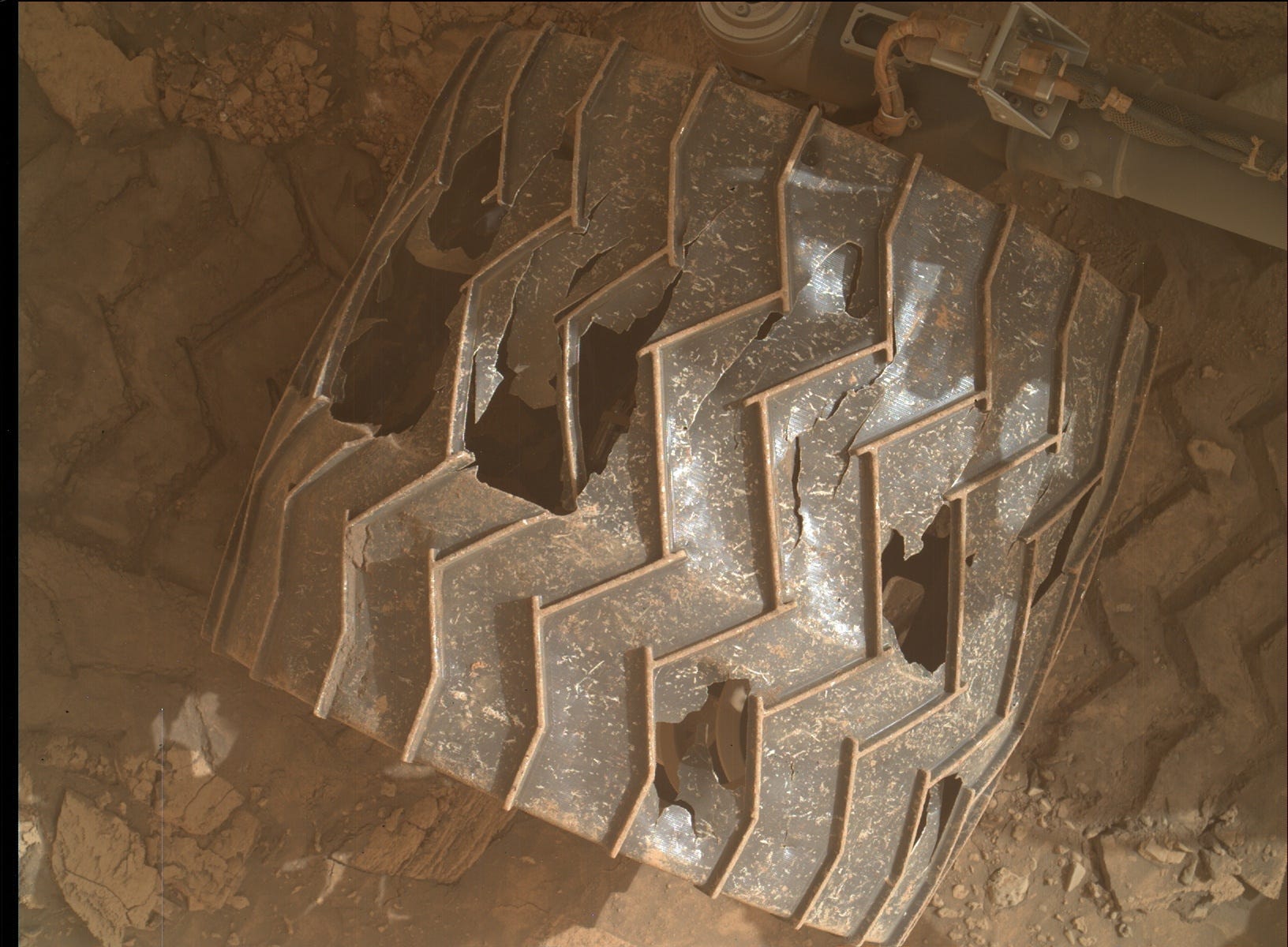
This illustration made available by the European Space Agency shows the European-Russian ExoMars rover. On Monday, Feb. 28, 2022, the ESA said the planned launch of a joint mission with Russia to Mars this year is now “very unlikely” due to sanctions linked to the war in Ukraine. (European Space Agency via AP)
The launch of a joint Europe-Russian mission to Mars this year is now “very unlikely” due to sanctions linked to the war in Ukraine, the European Space Agency said Monday.
The agency said after a meeting of officials from its 22 member states that it was assessing the consequences of sanctions for its cooperation with Russia’s Roscosmos space agency.
“The sanctions and the wider context make a launch in 2022 very unlikely,” for the Europe-Russia ExoMars rover mission, the agency said in a statement.
The launch was already postponed from 2020 due to the coronavirus outbreak and technical problems. It was due to blast off from the Baikonur spaceport in Kazakhstan in September using a Russian Proton rocket. Postponing a launch often means waiting for months or years until another window opens when planets are in the right alignment.







:format(webp)/cdn.vox-cdn.com/uploads/chorus_image/image/70493735/51370391111_a43a3825e5_o__1_.0.jpg)


